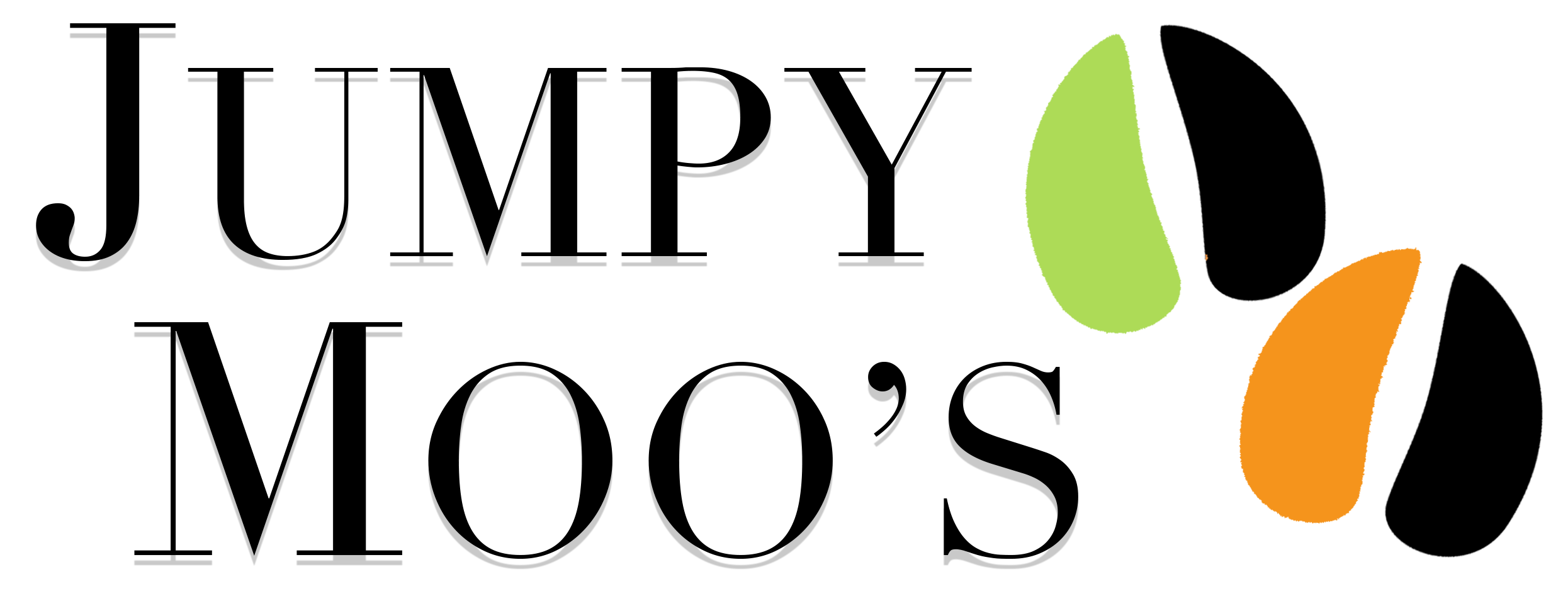How To Wash Reusable Nappies? A Stepwise Guide
Washing reusable nappies is pretty straightforward. You don’t need to go to extra lengths to wash them successfully; instead, you can clean your baby’s nappies in washing machine and use the same local detergent you use for your own clothes. However, it is advised to check the manufacturers washing guidelines on the label or packaging for any specific requirements. Reusable nappies are made from various distinct materials; however, the procedure for most is almost the same.
Below we have discussed a stepwise guide on how to clean reusable nappy laundry and have answered any other questions you may possibly have..
How to clean reusable nappies?
Below are the steps that you need to follow for cleaning reusable nappies:
1. Remove the solids
Before washing cloth nappies, you need to first remove the solids or, in other words, poo from them and flush the solids. In case you're using nappy liners, the procedure will become easier. Nappy liners catch the solids and only let the liquid to pass through. For disposable nappies, you can throw them away, however, do not flush as it might cause blockage unless the manufacturer's nappy liner is safe for flushing. For reusable nappies, you can turn it downwards to throw the solids into the toilet and flush them away. Once done, you can wash it alongside the nappy.
If you're looking for disposable and flushable nappy liners, you can check out our collection here. We offer biodegradable cloth Nappy liners designed with 100% natural bamboo sheets. Bamboo material will prevent your baby's skin from a nappy rash, making it the best choice for babies with highly sensitive skin.
2. Storing nappies before washing
You can use two methods. One is 'Soaking storage' while the other is 'Dry pailing.'
Soaking storage is the more traditional method. You soak the nappies in clean water before washing them in the machine. The benefits are that this removes the stains and dirt before the final wash. However, the downsides are that it may stink once you keep it in the nappy laundry bucket, and most importantly, it ruins the nappy's material. Hence, it is not recommended to soak the nappy before washing.
Dry pailing is placing your nappies in a dry bucket until you're ready to wash them. However, it should not be kept for more than two days. This is a very hassle-free method in which the washing machine does the entire hard work.
3. Use the washing machine
Put all your baby's nappies in the washing machine and fill it with no more than 3/4 water. Use the 'Rinse cycle' (not the pre-wash one) to prevent any stains from setting in. It flushes away the urine and removes the solids. Most importantly, in the rinse cycle, the water from the rinse is drained and not re-used in the hot wash cycle.
4. Wash
Keep the temperature to 40° or 60° and use your machine's longest wash cycle to ensure a thorough clean. Use a non-bio washing powder or detergent to ensure the nappy's material isn't affected.
5. Dry
Dry
The best way to dry the nappies would be to hang them outside in the morning, to be naturally dried by the sun's warmth. However, if this is not possible, you can dry it indoors by ensuring smooth ventilation. Open the window and let the fresh air circulate to dry the reusable nappies.
Reusable vs Disposable nappies
Both have got their pros and cons.
Reusable cloth nappies need to be washed daily, which is quite time-consuming, especially if you're a working parent. However, they're more cost-efficient, so if you're on a tight budget, these will work perfectly.
Disposable nappies do not require washing and are easy to dispose of. However, they cost more than cloth nappies as they're non-reusable and must be bought consistently. They're the best fit for traveling.
FAQS
Should I wash baby’s new nappy before use?
Most manufacturers advise pre-washing your baby’s nappy before use. Prewashing will remove any sort of bacteria or germs that might have caused an infection on your baby’s sensitive skin. Remember that the nappies you buy don’t come to you directly but instead go through factories, transport vehicles, potential buyers, etc., so pre-washing is always a good idea. It even increases the absorbency of your baby’s nappies.
You should only pre-wash them once using regular water with the correct temperature. Do not use a fabric softener as it may damage the nappy’s absorbency.
Should I use a fabric softener on the reusable nappies?
No. When cleaning cloth nappies, do not use a fabric softener as it contains harsh chemicals that not only ruin the nappy’s material but also irritate your baby’s highly sensitive skin causing infections.
Conclusion
Cleaning cloth nappies is not as complicated as you may think, though it is quite time-consuming. However, once you do it every day, you’ll get the hang of it! Just make sure to go through the manufacturers washing instructions and precautions and follow the steps above to clean your little one’s nappies thoroughly.
